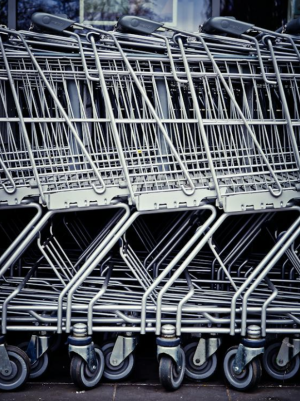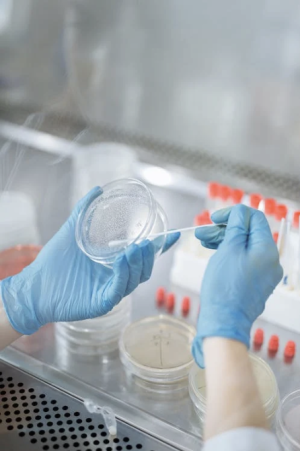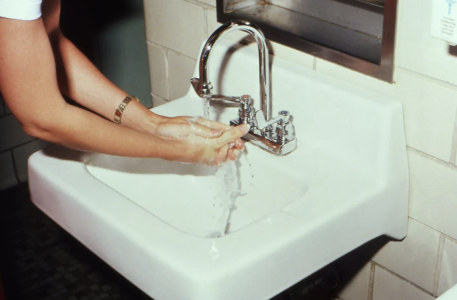The Dirty Truth Behind Shopping Trolley Handles
- Replies 21
‘How dirty is a shopping trolley handle?’
This is not a typical question that would come to mind, but it left the internet disgusted after a doctor exposed on social media how dirty a shopping trolley handle can be.

In his video, Dr Joe Whittington shared an experiment where a scientist collected swabs of a shopping trolley handle before and after sanitising it. The scientist then took Petri dishes and grew bacteria using the swab samples.
‘After a few days, the uncleaned handle came back with an astonishing amount of bacteria’, Dr Whittington shared. On the other hand, no bacteria were found in the handle that was sanitised.

He also shared the importance of disinfecting trolley handles before use. ‘Shopping carts are high-touch surfaces that multiple people handle throughout the day, increasing the likelihood that they harbour pathogens. Sanitising the handle can help mitigate the risk and provide an extra layer of protection against potential illness.’
In the meantime, another doctor, Dr Joseph Salhab, revealed that a 2012 study discovered that 72 per cent of shopping trolleys had traces of fecal matter on them. According to Dr Joseph Salhab, this is because of people who either do not wash their hands after using the toilet or do not wash their hands long enough. Because of this, fecal matter ends up on high-touch surfaces such as trolleys and even self-service checkouts.
With this, Dr Joseph Salhab emphasised on the importance of thorough hand washing. ‘Wash your hands every time you come home, wash your hands every time you eat, and take off your shoes when you get home’, he said.

Here are some best practices for washing your hands, according to the Healthdirect Australia:
This is not a typical question that would come to mind, but it left the internet disgusted after a doctor exposed on social media how dirty a shopping trolley handle can be.

Often overlooked, shopping trolley handles are dirtier than what we could have ever imagined. Credits: Pixabay/ Pexels
In his video, Dr Joe Whittington shared an experiment where a scientist collected swabs of a shopping trolley handle before and after sanitising it. The scientist then took Petri dishes and grew bacteria using the swab samples.
‘After a few days, the uncleaned handle came back with an astonishing amount of bacteria’, Dr Whittington shared. On the other hand, no bacteria were found in the handle that was sanitised.

An experiment proved that uncleaned trolley handles were found to have an astonishing amount of bacteria. Credit: Thirdman/Pexels
He also shared the importance of disinfecting trolley handles before use. ‘Shopping carts are high-touch surfaces that multiple people handle throughout the day, increasing the likelihood that they harbour pathogens. Sanitising the handle can help mitigate the risk and provide an extra layer of protection against potential illness.’
In the meantime, another doctor, Dr Joseph Salhab, revealed that a 2012 study discovered that 72 per cent of shopping trolleys had traces of fecal matter on them. According to Dr Joseph Salhab, this is because of people who either do not wash their hands after using the toilet or do not wash their hands long enough. Because of this, fecal matter ends up on high-touch surfaces such as trolleys and even self-service checkouts.
With this, Dr Joseph Salhab emphasised on the importance of thorough hand washing. ‘Wash your hands every time you come home, wash your hands every time you eat, and take off your shoes when you get home’, he said.

Dr Salhab shared the importance of hand washing to prevent fecal matter transfer on high-touch surfaces Credits: CDC/pexels
Here are some best practices for washing your hands, according to the Healthdirect Australia:
- Wet your hands in warm running water.
- Apply soap or liquid soap and make sure that it covers both your hands. Tip: It’s okay to be generous with the amount of soap that you use!
- Rub your hands together for at least 20 seconds.
- Cover all surfaces! This means include the back of your hands and the gaps in between your fingers.
- Rinse your hands well and make sure you remove all the soap. Use a towel or paper towel when turning off the tap.
- Dry your hands with a paper towel or using an air dryer.







